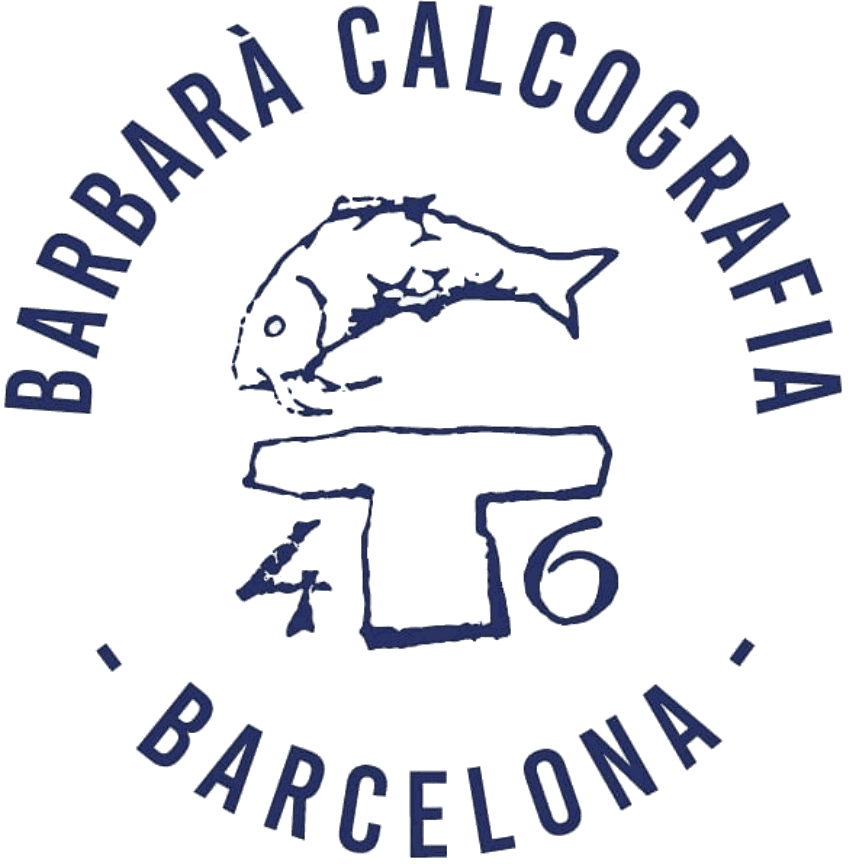
Joan Barbarà Spain, 1927-2013
Interior de la casa de Joan Barbarà de la Calle Zaragoza en Barcelona, 1969
Oil on canvas
65 x 93 cm
25 5/8 x 36 5/8 in
25 5/8 x 36 5/8 in
Signed
Currency:
This work offers an intimate glimpse into the interior of Joan Barbarà’s home, where the artist lived between 1952 and 1972. Far from a literal portrait, the painting functions as...
This work offers an intimate glimpse into the interior of Joan Barbarà’s home, where the artist lived between 1952 and 1972. Far from a literal portrait, the painting functions as an emotional map of the domestic space, freely depicting a living room filled with memory, imbued with a warm, autumnal, and silent atmosphere.
The interior is dominated by heavy, vertical ochre curtains framing a white fireplace, atop which rests a clock—symbol of suspended time. To the right, in a prominent position, appears a photographic collage: a family image taken outdoors, likely including Barbarà himself with close companions. This insertion of tangible reality within the pictorial space creates a bridge between memory and presence, between artistic representation and lived life.
The composition balances loosely rendered elements—such as the dark piece of furniture with red cushions or the barely suggested chairs—with areas more densely worked, shifting between the material and the evocative. The brushstroke is free, textured, and expressive, aiming not at detail but at atmosphere.
The restoration carried out by Virgili Barbarà in 2025 has restored this work of profound personal and symbolic significance, allowing the sensitivity and gesture of the original artist to engage in dialogue with the present. It becomes a double homage: to painting itself, and to the home as a space of creation and memory.
The interior is dominated by heavy, vertical ochre curtains framing a white fireplace, atop which rests a clock—symbol of suspended time. To the right, in a prominent position, appears a photographic collage: a family image taken outdoors, likely including Barbarà himself with close companions. This insertion of tangible reality within the pictorial space creates a bridge between memory and presence, between artistic representation and lived life.
The composition balances loosely rendered elements—such as the dark piece of furniture with red cushions or the barely suggested chairs—with areas more densely worked, shifting between the material and the evocative. The brushstroke is free, textured, and expressive, aiming not at detail but at atmosphere.
The restoration carried out by Virgili Barbarà in 2025 has restored this work of profound personal and symbolic significance, allowing the sensitivity and gesture of the original artist to engage in dialogue with the present. It becomes a double homage: to painting itself, and to the home as a space of creation and memory.
149
de
295
Join our mailing list to stay updated on our events and activities!
* denotes required fields
We will process the personal data you have supplied in accordance with our privacy policy (available on request). You can unsubscribe or change your preferences at any time by clicking the link in our emails.



